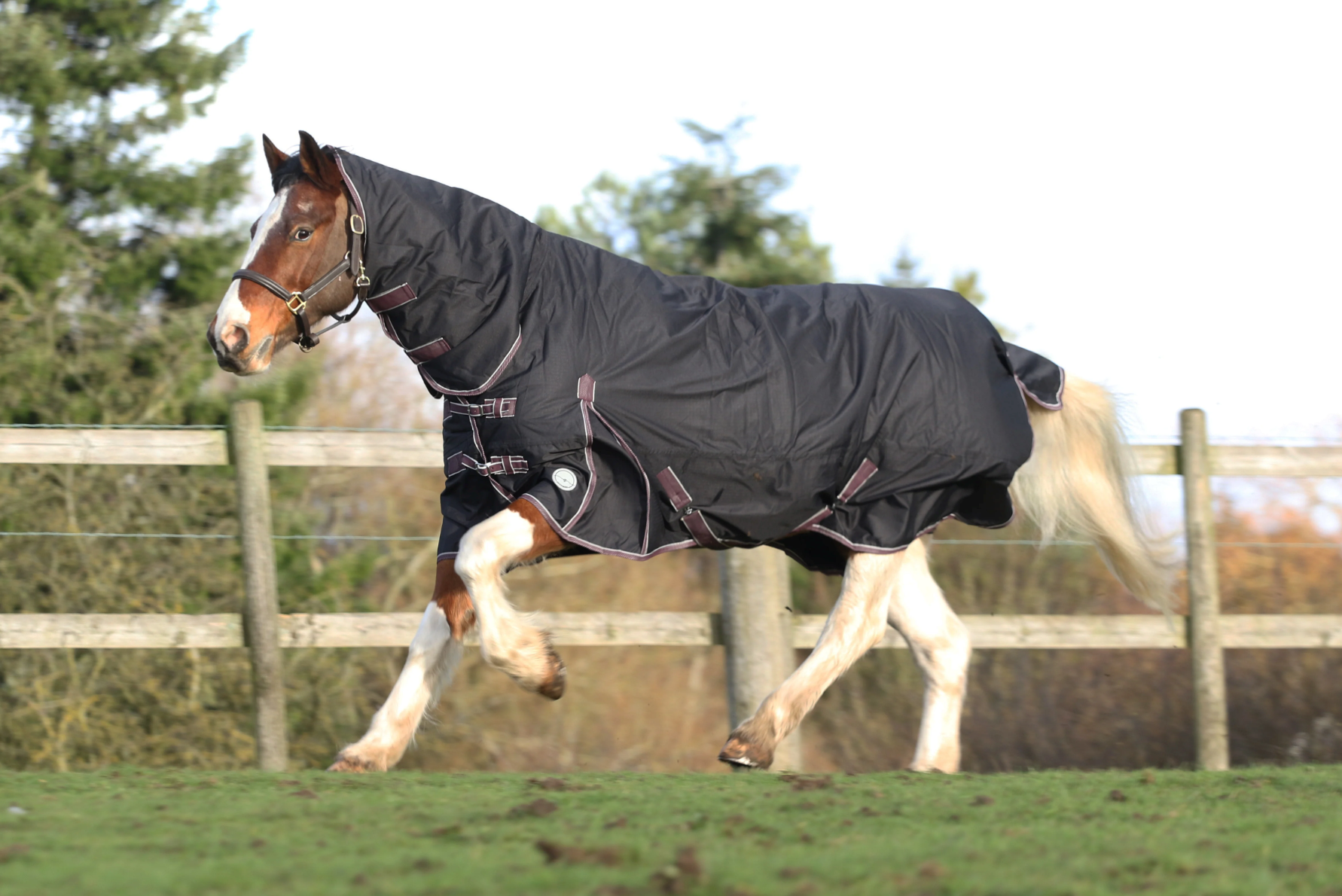History of Horse-Riding as a Sport

The history of horse-riding as a sport is rich and deeply rooted in various cultures around the world. One of the earliest recorded forms of competitive horse-riding dates back to ancient Greece during the Olympic Games. The Greeks introduced chariot racing as an Olympic event around 680 BC.
Throughout history, horseback riding remained a symbol of nobility and prestige. Medieval knights participated in jousting tournaments, showcasing their skill in mounted combat. These events weren't merely about sport but also served as displays of chivalry, valor, and honor.
The 17th and 18th centuries saw the emergence of formalized equestrian disciplines in Europe. Dressage, show jumping, and eventing became established, laying the foundation for modern competitive horse-riding.
- Dressage: Known as "horse ballet," dressage emphasizes the precise execution of a series of predetermined movements. It showcases the harmony, grace, and agility of the horse through various gaits and intricate maneuvers. Competitions judge the horse's obedience, suppleness, and the rider's subtle cues.
- Show Jumping: Show jumping involves navigating a course of obstacles, including fences, walls, and combinations, with the aim of completing it in the fastest time and with the fewest faults. Riders must demonstrate precision, control, and the ability to guide their horse over varying heights and technical challenges.
- Eventing (Three-Day Event): This demanding sport combines three phases - dressage, cross-country, and show jumping - to test the versatility, endurance, and agility of both horse and rider. Competitors must excel in multiple disciplines to succeed in eventing.
- Polo: Originating from ancient Persia, polo involves teams of riders on horseback maneuvering to score goals by hitting a ball using mallets. It's a fast-paced and strategic sport that demands excellent horsemanship and teamwork.
- Endurance Riding: This sport challenges horse and rider to cover long distances, often over varied terrain, within a set time frame. The focus is on the horse's stamina, fitness, and soundness throughout the ride.
- Rodeo: Popular in North America, rodeo events include various competitions such as barrel racing, bull riding, roping, and steer wrestling. These events highlight the skills of both the rider and the horse in activities derived from ranching and cattle herding traditions.
- Vaulting: Combining gymnastics and dance on horseback, vaulting showcases athletic routines performed by individuals or teams. Athletes display strength, flexibility, and coordination while executing movements on a moving horse.
These sports have international competitions, championships, and governing bodies that regulate rules and ensure fair play. The creation of governing bodies such as the FEI (Fédération Equestre Internationale) standardized rules and regulations, fostering the growth of equestrian sports globally.
The dedication and passion of riders, combined with the athleticism and grace of horses, continue to captivate audiences worldwide, making these disciplines globally recognized and appreciated in the equestrian community.
In conclusion, the history of horse-riding as a sport is a testament to its enduring appeal and evolution. From its ancient origins rooted in necessity to its status as a global sporting phenomenon, horse-riding remains a symbol of skill, grace, and partnership between human and horse.
-
Posted in
Horse Riding






